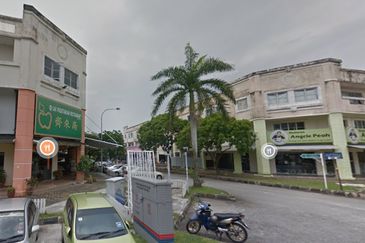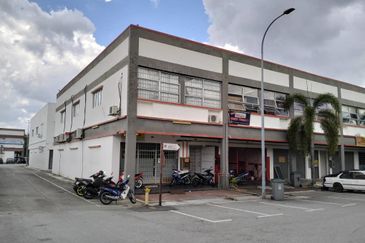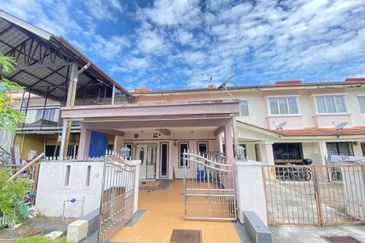NEW YORK: The US Federal Housing Administration, which insures mortgages with low down payments, may require a US bailout because of US$54 billion (RM183 billlion) more in losses than it can withstand, a former Fannie Mae executive said.
“It appears destined for a taxpayer bailout in the next 24 to 36 months,” consultant Edward Pinto said in testimony prepared for a House committee hearing in Washington on Oct 8. Pinto was the chief credit officer from 1987 to 1989 for Fannie Mae, the mortgage-finance company that is now government-run.
The FHA programme’s volumes have quadrupled since 2006 as private lenders and insurers pulled back amid the US housing slump, Pinto said. The trend has left the agency backing risky loans and exposed to fraud in a “market where prices have yet to stabilise”, he said. The programme insures loans with down payments as low as 3.5% and has no formal credit-score requirements.
FHA Commissioner David H Stevens said last month that falling prices would push its single-family fund’s reserves below a 2% cushion required by the US Congress. “Under no circumstances will a taxpayer bailout be needed” because the shortfall will be cured over time, he said.
Brian Sullivan, a spokesman for the Housing and Urban Development Department, which oversees the FHA, declined to comment.
The idea the FHA needs a rescue is “just plain wrong”, Stevens said in an Oct 6 letter to the Wall Street Journal. That’s in part because the FHA’s accounting method mean its reserves are enough to cover more than 30 years of projected losses, assuming no revenue from new business.
FHA’s total reserves exceed US$30 billion, or more than 4.4% of its insurance, according to Stevens. The loan-insurance ratio, which compares the reserves with the loans insured, was 6.4% a year ago, government data shows.
The agency said last month it would tighten some credit, appraisal and lender standards and appoint a chief risk officer. In the first half of the year, FHA insured more than US$178 billion of new mortgages, or about 19% of the total, according to the newsletter Inside Mortgage Finance.
Official figures on FHA’s reserves as of Sept 30 won’t show a shortfall when released because “the assumptions used will be overly optimistic relative to loss mitigation resulting from both loan modifications and recent and expected underwriting changes”, Pinto said.
Last December, three months after regulators seized Fannie Mae and rival Freddie Mac of McLean, Virginia, Pinto told lawmakers “taxpayers will have to stand behind hundreds of billions of dollars” of losses at the companies. That was before the firms tapped almost US$100 billion of their capital lifelines at the US Treasury, which this year grew from the US$100 billion each initially pledged to US$200 billion.
Pinto’s testimony says he based his FHA estimates on his performance projections for high loan-to-value ratio loans insured by Fannie Mae in 2006, about 20% of which he expects to default costing 50% of balances.
About 14.4% of FHA loans were delinquent as of June 30 and 2.98% were already being foreclosed upon, according to the Mortgage Bankers Association. The combined percentage for all mortgages was a record 13.16%, according to data from the Washington-based trade group, which said in releasing the figures the share of FHA loans past due is being suppressed by the large amount of new debt. – Bloomberg LP
TOP PICKS BY EDGEPROP

Residensi Vogue 1 @ KL Eco City
Kuala Lumpur, Kuala Lumpur

Seremban Putra Apartments
Seremban, Negeri Sembilan























